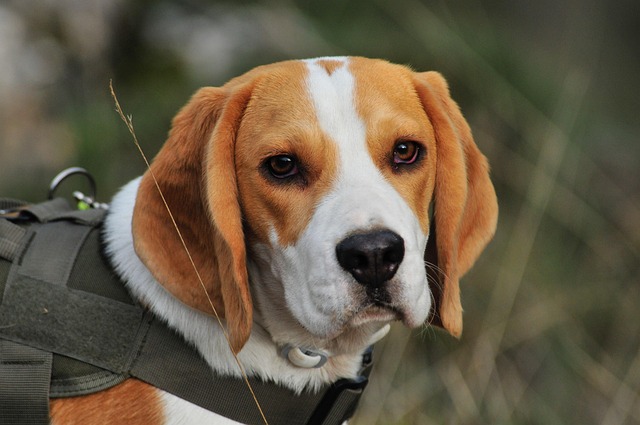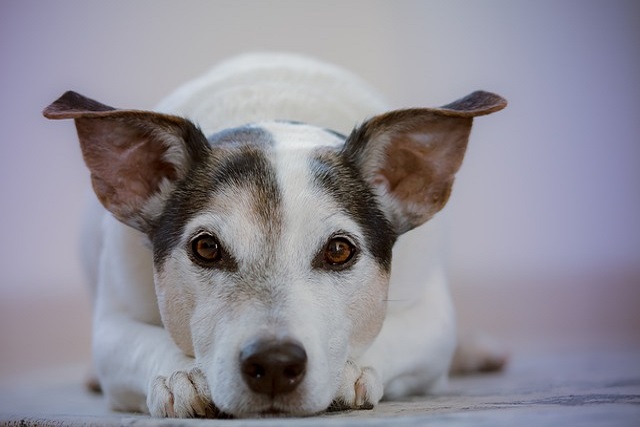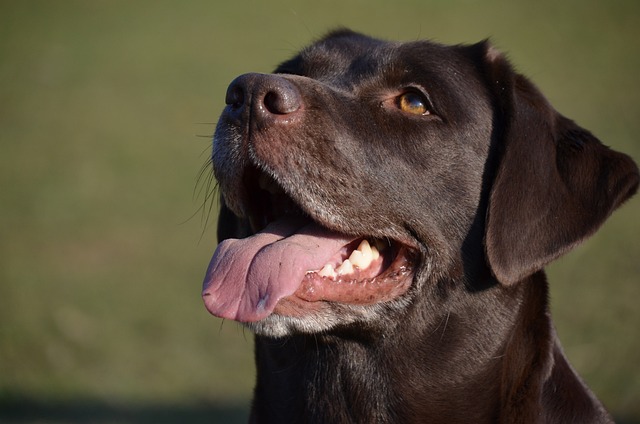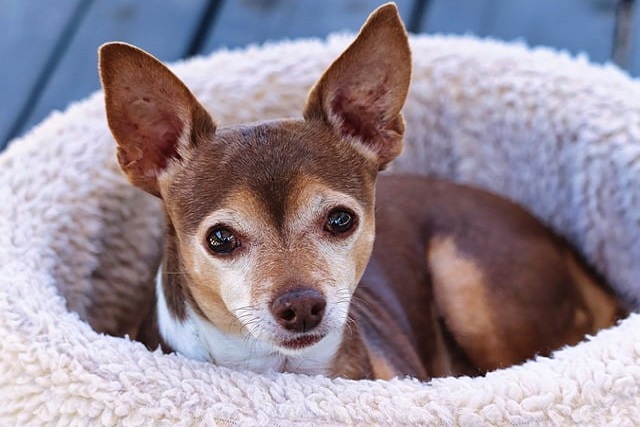When seeing a dog struggling with canine parvovirus (parvo), every owner's heart will be tightly gripped. Canine parvovirus is a highly contagious and deadly pathogen that particularly prefers to attack puppies and dogs with weak immune systems. But what is less known is that there are significant differences in the susceptibility of different dog breeds to parvovirus, and some dog breeds seem to be born with the "high-risk" label of the virus. In-depth exploration of these susceptible dog breeds is not only a popularization of professional knowledge, but also a cherishment of every living life, because understanding can better protect it.
From the perspective of physiological structure and genetics, small dogs and toy dog breeds are often more vulnerable to parvovirus. Small dogs such as Chihuahuas and Yorkshire Terriers have relatively fragile organs due to their small size, and it takes longer for their immune systems to mature. When parvovirus invades, it is difficult for their bodies to quickly organize an effective defense. Statistics from pet hospitals show that among cases of parvovirus infection, Chihuahuas account for as high as 18%, far exceeding other dog breeds. These little guys are like delicate flowers, and the slightest attack of the virus may make them wither.
Among medium and large dogs, working dog breeds such as German Shepherds and Dobermans are also at the top of the "attack list" of parvovirus. These dog breeds are lively and curious, and are more likely to be exposed to virus-contaminated environments during outdoor activities. As a common dog breed for police dogs and guide dogs, the high-intensity nature of German Shepherds makes them frequently exposed to complex external environments, increasing the risk of infection. In addition, the rapid growth characteristics of this type of dog may also be one of the susceptibility factors. The rapidly developing body requires a lot of nutrition to support it, and the immune system may not be fully strengthened. In veterinary clinics, cases of Dobermans being hospitalized for parvovirus are not uncommon, and their painful whimpers often move medical staff who are accustomed to seeing life and death.
 Fighting dog breeds such as pit bulls and Staffordshire bull terriers lack sufficient evasive instincts when facing potential threats (including sources of infection) due to their brave and fearless character. They are more inclined to actively explore unfamiliar environments, sniff with their noses and bite with their mouths. This behavior pattern greatly increases the probability of contact with parvovirus. In addition, in the breeding process of fighting dogs, inbreeding is relatively common in order to pursue specific body shapes and personality characteristics, which leads to a decrease in their genetic diversity and overall immunity.
Fighting dog breeds such as pit bulls and Staffordshire bull terriers lack sufficient evasive instincts when facing potential threats (including sources of infection) due to their brave and fearless character. They are more inclined to actively explore unfamiliar environments, sniff with their noses and bite with their mouths. This behavior pattern greatly increases the probability of contact with parvovirus. In addition, in the breeding process of fighting dogs, inbreeding is relatively common in order to pursue specific body shapes and personality characteristics, which leads to a decrease in their genetic diversity and overall immunity.
In addition to breed factors, the puppy population is also a "hard-hit area" for parvovirus. This has nothing to do with the dog breed, but it affects every dog breed in its infancy. The immune system of puppies has not yet fully developed, and the level of maternal antibodies in breast milk will gradually decrease over time. If they are not vaccinated in time, it is like losing a protective shield. Imagine a golden retriever puppy that has just been weaned. It was originally lively and cute, but it became listless and had blood in its stool due to the invasion of parvovirus. The owner was anxious when he rushed into the hospital with it in his arms, and he paced back and forth in the hospital corridor helplessly, all of which told of the puppy's vulnerability in the face of the virus.
Faced with these dog breeds that are susceptible to parvovirus, prevention work is particularly critical. Scientific and timely vaccination is the first line of defense against the virus. Puppies should start the first vaccination at 6-8 weeks of age, and then strengthen immunity every 3-4 weeks until 16 weeks of age. At the same time, avoid letting dogs, especially susceptible dog breeds, contact feces and sewage in unknown environments, and regularly disinfect the dog's living area. Once a dog is found to have symptoms suspected of parvovirus infection such as vomiting, diarrhea, and loss of appetite, it must be treated immediately, because every second of delay may bring the dog one step closer to death.
Every dog is an angel in the owner's life. For those dog breeds that are more susceptible to parvovirus, their life journey may be full of more thorns. Understanding their fragility and using professional knowledge and endless love to build a solid wall of protection for them is not only a responsibility, but also a silent but deep emotional commitment between the owner and the dog.

 Fighting dog breeds such as pit bulls and Staffordshire bull terriers lack sufficient evasive instincts when facing potential threats (including sources of infection) due to their brave and fearless character. They are more inclined to actively explore unfamiliar environments, sniff with their noses and bite with their mouths. This behavior pattern greatly increases the probability of contact with parvovirus. In addition, in the breeding process of fighting dogs, inbreeding is relatively common in order to pursue specific body shapes and personality characteristics, which leads to a decrease in their genetic diversity and overall immunity.
Fighting dog breeds such as pit bulls and Staffordshire bull terriers lack sufficient evasive instincts when facing potential threats (including sources of infection) due to their brave and fearless character. They are more inclined to actively explore unfamiliar environments, sniff with their noses and bite with their mouths. This behavior pattern greatly increases the probability of contact with parvovirus. In addition, in the breeding process of fighting dogs, inbreeding is relatively common in order to pursue specific body shapes and personality characteristics, which leads to a decrease in their genetic diversity and overall immunity. 



